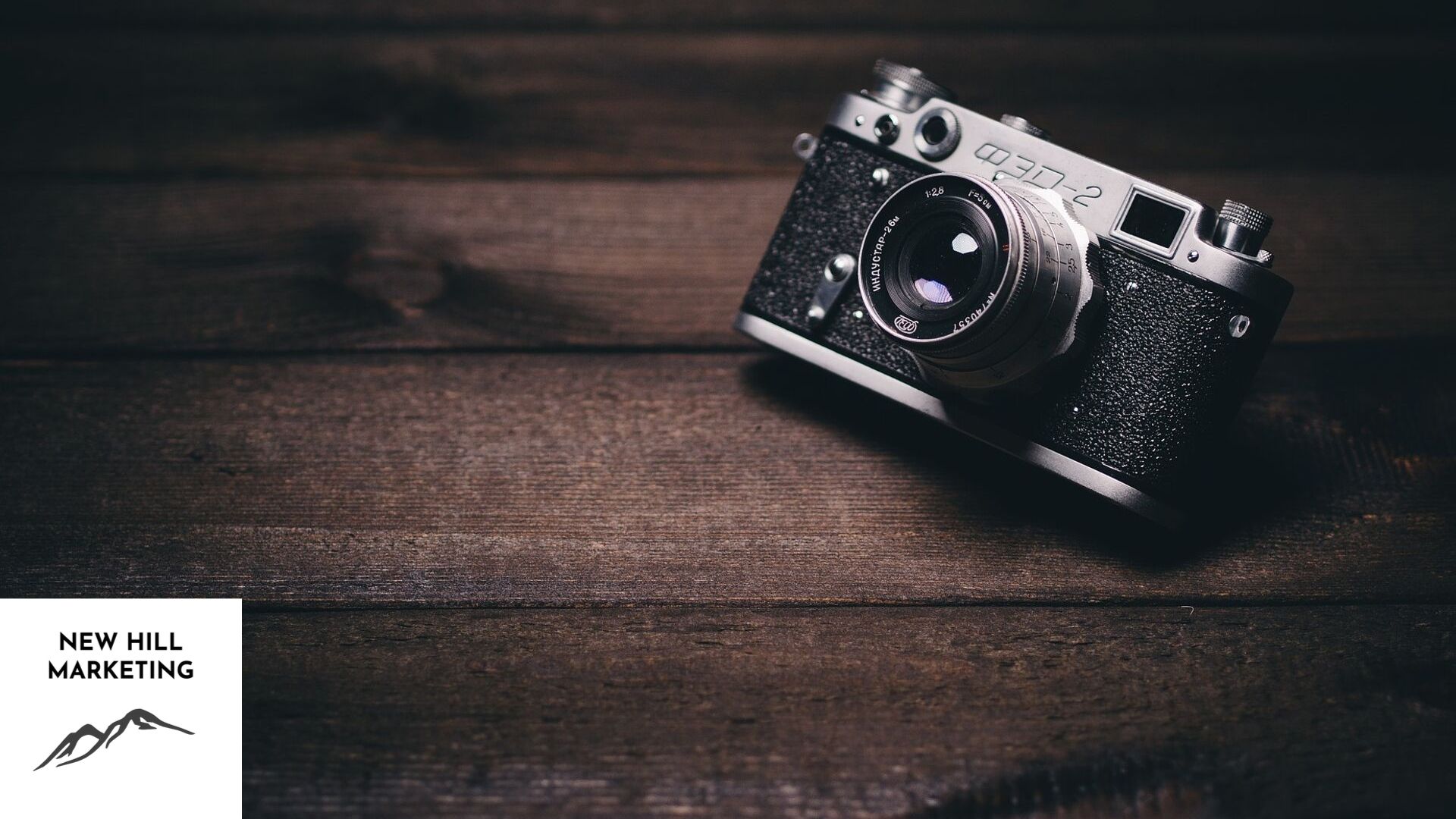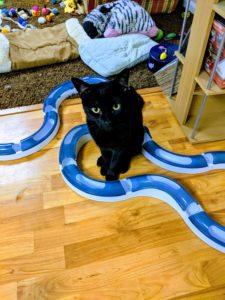
Optimizing the images on your website can drastically improve your websites load time, which helps your user experience as well as your ranking on Google. However, over optimizing the images can end up hurting you if it decreases the quality too much. We have to walk the fine line of small image files and quality image files. Thankfully, there’s a way we can do this.
What Does It Mean To Optimize Images
Image optimization is when you take a picture for your website and make changes to it through a process where you decrease the file size. You do this either by using a plugin for your website, or by using another online tool that decreases your image file size.
Why Optimize Images
You want to optimize images on your site because large images can slow down the load speed of your site. Google confirmed that page load time is a factor when determining which websites to show higher and which to show lower. It’s also common knowledge in the SEO world that the longer a page takes to load the higher the bounce rate is and the lower the conversion rate ends up being as well. This is why it’s important to not only optimize images on your site, but to also regularly check how long its taking your website to load.
Another important reason you should optimize your website is because it will help make website backups faster. You should regularly backup your website, and if you have a large site you know it can take quite some time for it to finish. Part of that could be because your images are very large and it takes a long time to download and store them.
You’ll also notice with smaller images that your site is using less bandwidth, which is good for networks and browsers. You’ll also use less server space with smaller images, which potentially could decrease your hosting cost if you have enough images to optimize.
How To Optimize Images For Your Website
Now that you know why you should optimize your website images, here are a few ways you can get to it.
File Format
You’ll want to use the right file format when deciding to optimize your images. I have an explanation of each below, but when you find one that works for you, stick with it.
PNG – When I first learned how to program my teacher always told us to use PNG image files because they had the highest quality. What he didn’t tell us (or at least what I don’t remember him telling us) is that PNG images are also quite large. Even when using an image minimizer the images are much larger than their JPG counterparts.
JPG – These are smaller image files, while still having good quality. I find that I can get JPG images at least half the size of the same PNG image.
GIF – This image format is best if you’re going to use animated images, otherwise I would choose one of the other options above.
There are of course other image file formats, but the 3 above are the most common ones. I personally use JPG because of the size of the images is decent, while still having a good quality final image.
Quality Over Size
When push comes to shove, I would recommend making sure the image is of high quality, rather than just trying to get the smallest file size possible.
For example, here is an image that was originally 3.0 MB. One pass through the image minimizer I use compressed it to 1.3 MB, and is still a high enough quality where you can easily see what the image is:

Now, if I kept minimizing that image it comes out as:
![]()
At which point, who cares how fast it loads, you can’t really see the image you want to see.
Naming Conventions
When you optimize images for your site it’s not enough to just make sure the file sizes and file type are right. There’s also a way you should be naming your images when you upload them to your site. If you’re leaving your image file names (the name of the image when you put it onto your computer) as generic ones such as ‘image01’ or not using your keywords in your file names you’re missing out on precious SEO space. You should be naming your images in a way that’s descriptive to the image, and uses your focus keyword for your page. Not only should you be naming the file correctly, you should also use image alt tags in order to ensure if the image doesn’t load, the reader can still understand what the image was supposed to be.
Recommended Tool
TinyPNG.com is my go to tool for image compression. First, when you get to the page it’s a cute panda, but also it’s very quick and easy to use. This tool does both PNG and JPG files, even though its name may make you think it only does PNGs. TinyPNG.com has always been reliable for me, and is super easy to use, and it’s free!
Do you have a tool you use to optimize images that I didn’t mention above? Let me know what it is in the comments!
Need help with optimizing images on your site? Contact me today and I’d love to help you out!


1 comment on “How To Optimize Images For Your Blog Like A Pro”